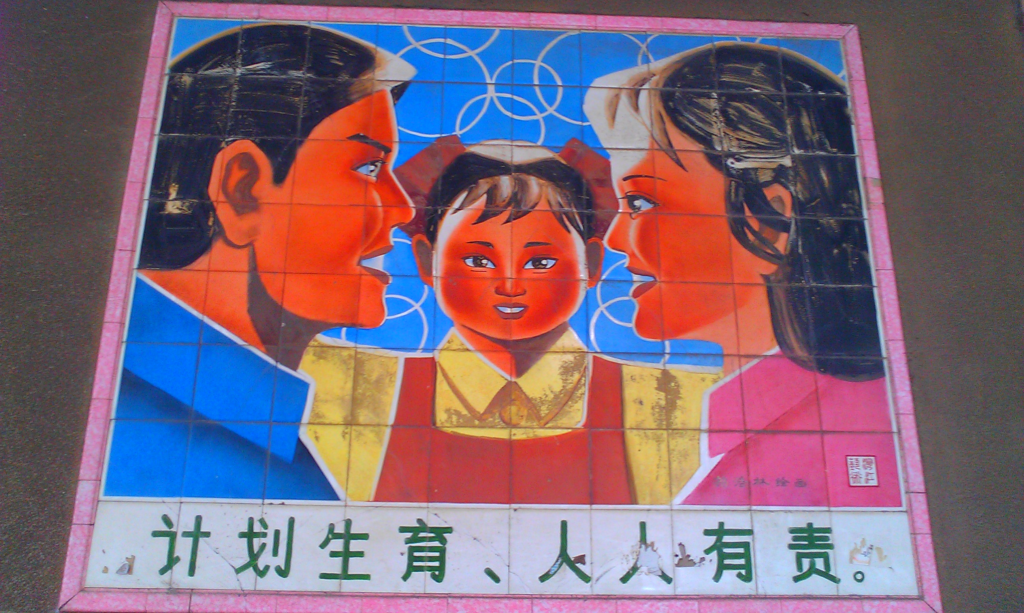In the 1980s, the “One Child Policy” was implemented, and the program-controlled how many children a family could have. It was implemented nationwide by 1980 and only ended in 2016. The rapid growth of the Chinese population was a cause of concern for the government, and that’s why the policy was enacted. With the formation of the People’s Republic in 1946, the push for birth control and planned parenthood was voluntary, and there wasn’t a heavy push. With the Chinese population hitting the one-billion mark and the death of Mao, policy changes were in order. As Deng took power, he knew that he needed to curb the growing population seriously, and by 1978, a program was suggested only to limit families to two children. By 1979 it was apparent that a severe policy needed to be put into the government. So by 1980, the Chinese central government sought to standardize the one-child approach, which was officially implemented.

With this strict policy put into effect, its complications were serious beyond estimation. One of the prevalent effects was that there were 3 to 4 percent more males than females. This influx in males is because “Traditionally, male children (especially firstborn) have been preferred—particularly in rural areas—as sons inherit the family name and property and are responsible for the care of elderly parents”(One-Child Policy – Consequences of China’s One-Child Policy | Britannica). This was a common sexist idea in China where the man should take the name and assume the “man of the house” role at some point in the family. Because a male was a desirable child, people shouldn’t have had females. Since females were undesirable, abortions rose significantly because finding out the gender before birth wasn’t invented yet. Another sad fact that came from this policy was that many female children were abandoned or thrown in orphanages. Some of the female children were infanticide. Infanticide kills a newborn baby and is considered a primitive method. Still, birth control or plant parenthood wasn’t offered to everyone, so people had to turn to this method. To combat the mistreatment of all these Chinese baby girls, thousands of babies were adopted by American families from orphanages.
As time passed, the gap between males and females grew too excellent, so the Chinese government needed to act. One consequence of the opening was that it became so great that there weren’t enough females to marry the males. Another was the growing proportion of the elderly. The elderly rely on their children while they are old, but if there aren’t enough children to help them, they have no support. The third consequence was the rise in undocumented children who faced hardships growing up and couldn’t get a proper job and education. Overall by 2016, the Chinese government decided to allow all families to be allowed two children, which helped them grow back to where they were and fill these voids.
One-Child Policy – Consequences of China’s One-Child Policy | Britannica
https://www.britannica.com/topic/one-child-policy/Consequences-of-Chinas-one-child-policy
Leave a Reply